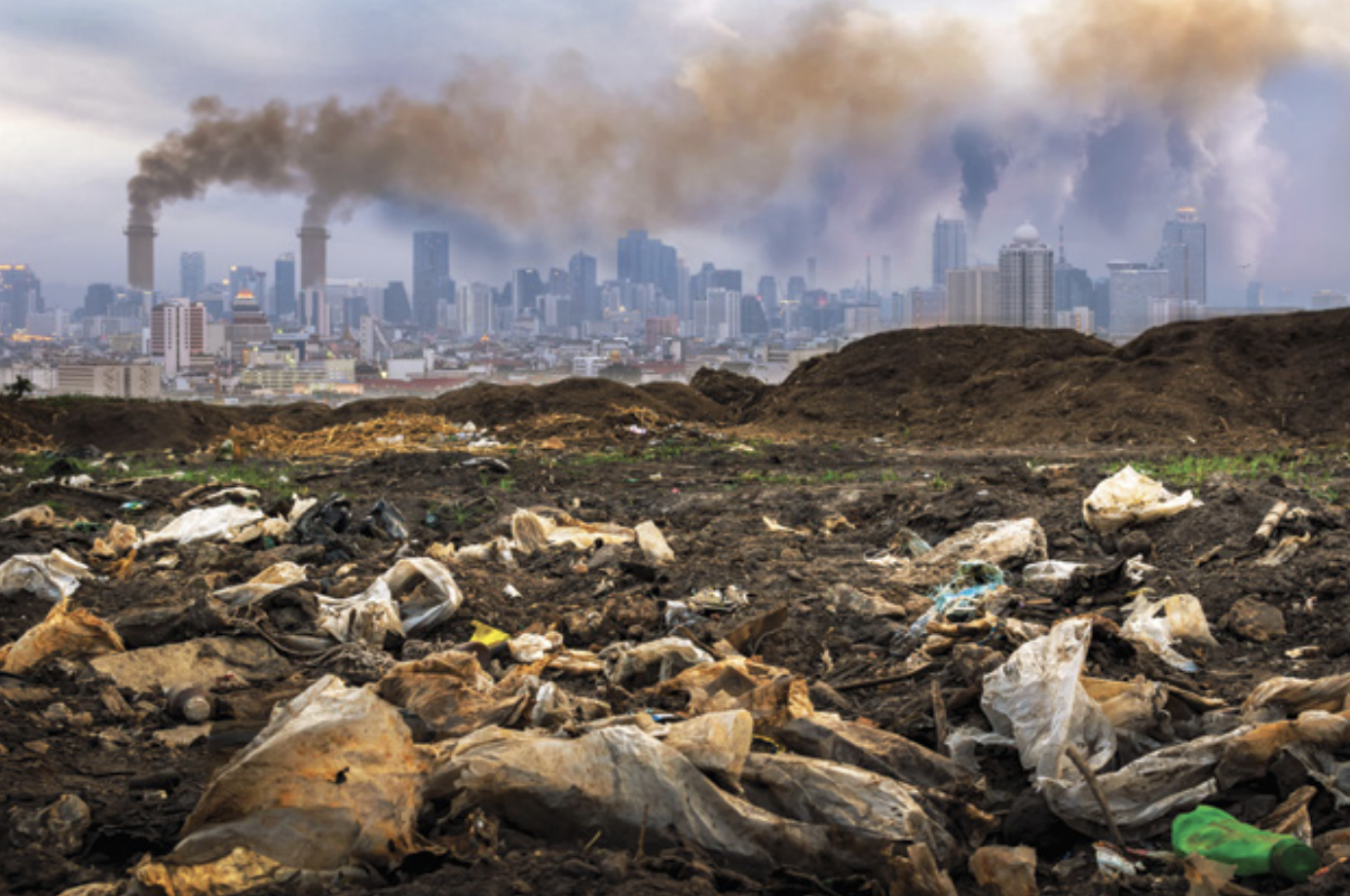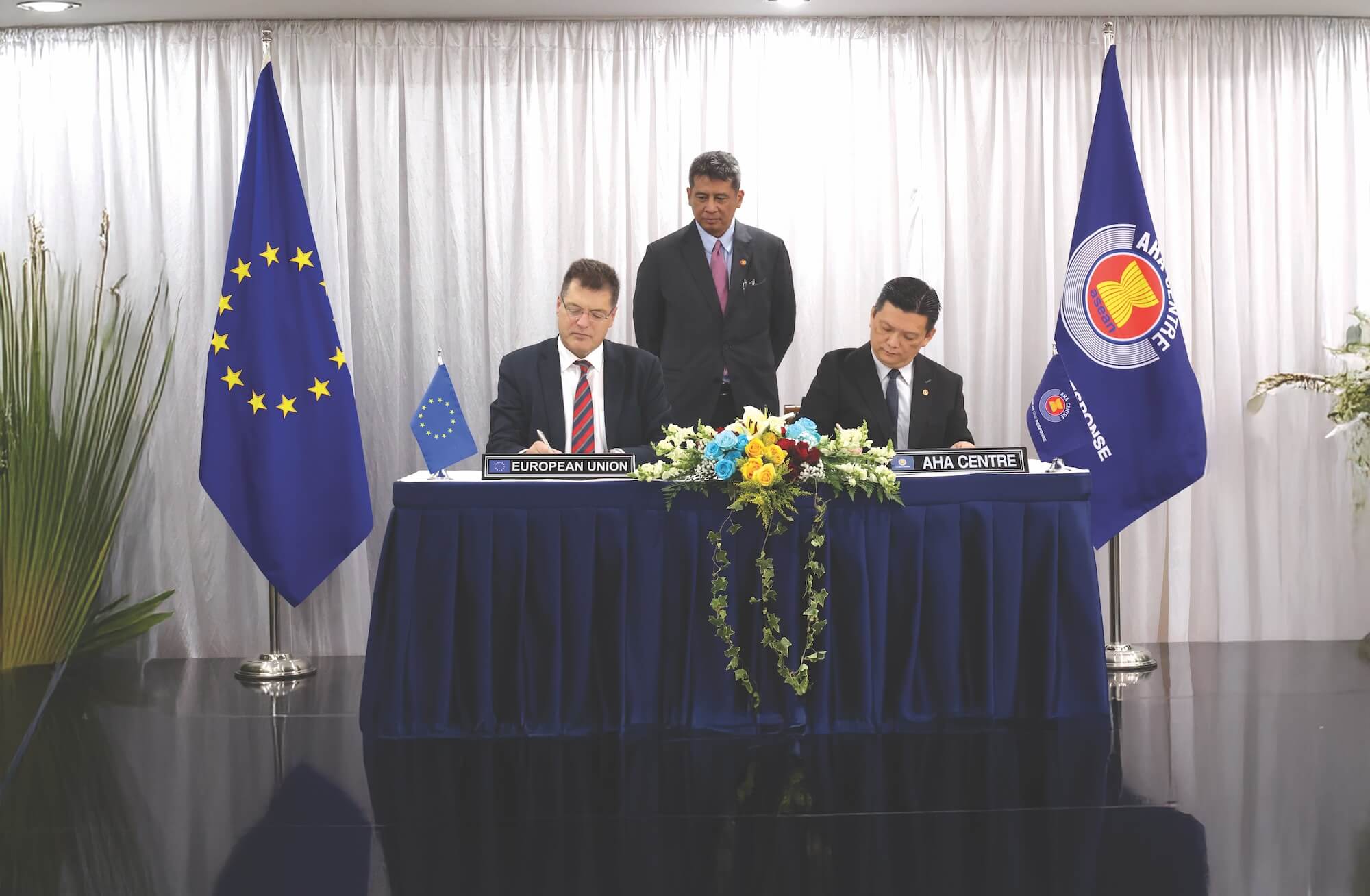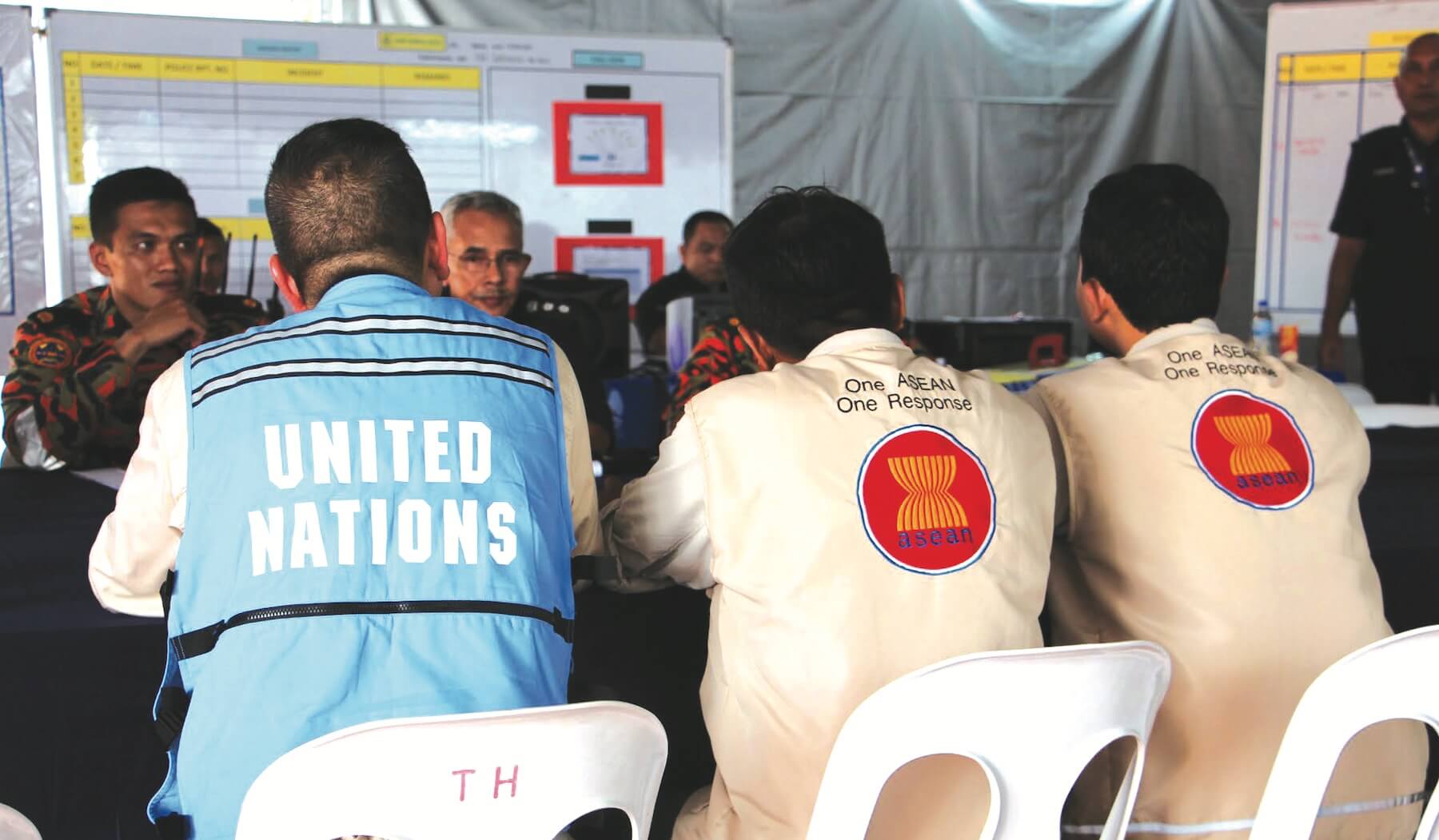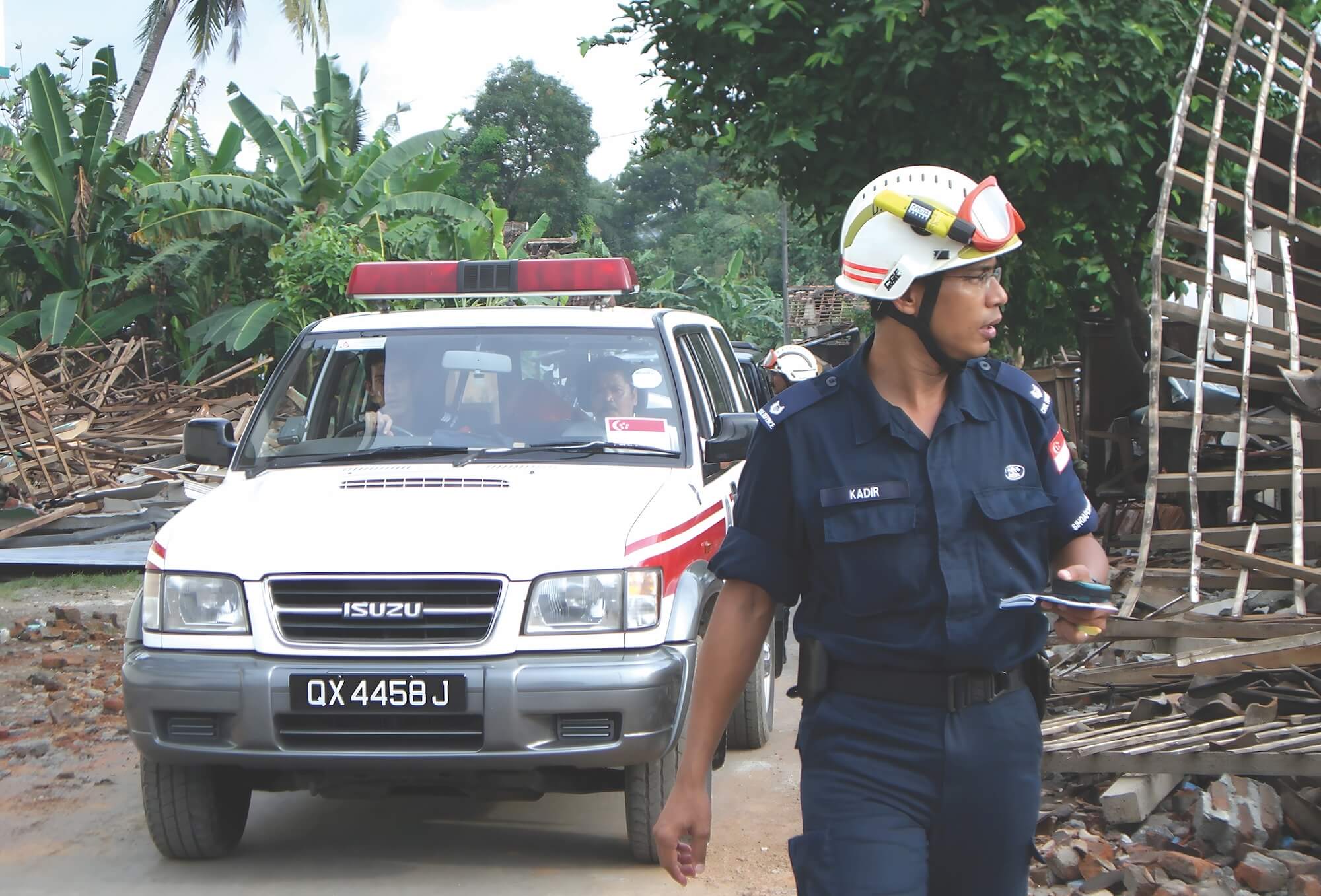




UNEP Executive Director Inger Andersen talks about the need for urgent action, as the world and the region face multiple environmental threats.
A triple planetary crisis is putting our home under extreme pressure. Climate change, biodiversity loss and pollution are threatening humanity’s prosperity and well-being as no environmental problems ever have. These threats are being felt acutely in Southeast Asia. Climate change in particular will have an enormous impact on the region. According to the Climate Risk Index, five of the 20 countries most affected by climate change are located in ASEAN. But all ASEAN countries are at risk
There are a number of reasons for concern.
The countries of ASEAN together have one of the longest coastlines in the world, where many cities and economic activities are concentrated. Climate change is likely to raise sea levels and increase extreme weather events that will displace or kill people, damage infrastructure, and disrupt commerce in these population and economic centers. The World Meteorological Organization has predicted extreme weather throughout 2020. Reality unfortunately continues to hold true to these scientific forecasts.
Another worry is that the economy and livelihoods of ASEAN Member States are heavily reliant on agriculture, natural resources like fisheries, and forestry. Climate change, along with biodiversity loss and pollution, are already wreaking havoc on the natural patterns and processes that these industries rely on.
Compounding these issues is that poverty remains widespread in many places in Southeast Asia. Climate change disproportionately affects the poor, who live in threatened areas, work in threatened sectors, and who rarely have a safety net when things take a turn for the worse.
For a long time, these vulnerabilities could be spoken of in the future tense. But more frequent and stronger natural disasters are telling us: the impacts are here now.
If the impacts of this triple planetary crisis are at hand, so must be our response. The ASEAN region, alongside the world, will have to adapt to this new reality. If nothing is done, the economic impact could be devastating. The Asian Development Bank estimated that climate change could shave 11 per cent off the region’s GDP by the end of the century. In the absence of technical breakthroughs, rice yields in Indonesia, the Philippines, Thailand, and Vietnam could drop by as much as 50 per cent by 2100 from 1990 levels.
Problems are, of course, more than economic. Human health will suffer. Hotter weather is pushing tropical diseases such as malaria and dengue fever northward to countries like Lao PDR where historically they have not been as prevalent.
But adaptation alone will be insufficient. We cannot go back to the old ways of doing things, relying on pollutive energy sources for unsustainable consumption and production.
We must address climate change head on. There is no question climate change has largely been caused by advanced economies. But today, developing economies like those in Southeast Asia are the ones with steadily increasing emissions. Southeast Asia is one of only a handful of regions where coal demand is projected to rise over the coming decades, according to the International Energy Agency. This growing reliance on coal and oil, alongside deforestation, will only aggravate the climate change impacts.
The triple planetary crisis may feel secondary when compared with the immediacy of deep economic recession brought on by the COVID-19 pandemic. But it is no less pressing.
What’s more, there may be a mutual solution to all of these problems.
The UN Secretary-General has laid out six principles that should drive the recovery from the pandemic. They are all fundamentally related to solving the climate crisis as the world rebuilds.
Public funding will be directed in unprecedented amounts toward the recovery from the pandemic. There is a once-in-a-generation opportunity to drive the green transition with these funds. They should be directed to creating green jobs and sustainable growth. They should back nature-based solutions and green research and development. They should not subsidise fossil fuels.
What does this look like for ASEAN? The International Renewable Energy Agency showed Southeast Asia could meet about 41 per cent of all of its energy needs from renewable energy by 2030. In so doing, some 6.7 million green jobs would be created by 2050.
Energy efficiency in ASEAN is another large target for improvement. With energy-efficient lighting, refrigerators and air conditioners, by 2040 the ASEAN region could prevent emissions of over 100 million tonnes of CO2. Consumers would save almost 17 billion US dollars annually on electricity.
The UN Environment Programme is supporting these efforts, working closely with the ASEAN Center for Energy to develop harmonised standards for lighting and air conditioners. In addition, UNEP is working with countries on standards and labelling for energyefficient products. And through our Cool Coalition, we are connecting over 100 members to take joint action to transition to climate friendly cooling.
ASEAN has one of the highest urbanisation and motorisation rates in the world, contributing to high rates of emissions. Countries can prioritise electrification of public transport, focusing on moving people instead of cars. At the same time, authorities can improve management of railways, buses and taxis—not to mention songthaews, angkots, jeepneys, and tuktuks.
Alongside efforts on e-vehicles and fuel efficiency, UNEP is helping develop fuel economy policy for light-duty vehicles in several ASEAN states and the ASEAN Fuel Economy Roadmap, which aims to reduce the average fuel consumption of new light-duty vehicles sold in ASEAN by 26 per cent between 2015 and 2025.
Climate change mitigation and adaptation need not only come from urban and technology improvements.
For example, UNEP is supporting efforts in Cambodia, Lao PDR, and Myanmar to improve resilience to climate change by protecting, maintaining, and rehabilitating priority ecosystems.
Reducing deforestation would significantly reduce emissions. The UN Reducing Emissions from Deforestation and Forest Degradation (REDD) programme, a joint effort between UNEP, the UN Development Programme, and the Food and Agriculture Organization, is leading efforts in this area in Indonesia and elsewhere.
Rice, a staple crop for the region, generates up to 20 per cent of humanproduced methane, a potent greenhouse gas. The UNEP-led Sustainable Rice Platform is working to tackle this by advancing sustainable rice farming practices throughout the region, which reduce emissions, boost farmers’ incomes and make crops more resilient to natural disasters. A new UNEP-backed label, which identifies sustainably grown rice in supermarkets around the world, offers farmers further incentive to switch.
We are facing a deeply uncertain future. The global pandemic and economic recession may be top of mind, but the triple crisis of climate change, biodiversity loss, and pollution lurk at the edges of our current predicament. A recovery from the former can and should drive a solution to the latter.
For ASEAN, there are many ways to imbue momentum into a green transition. UNEP remains, as always, ready to support.








